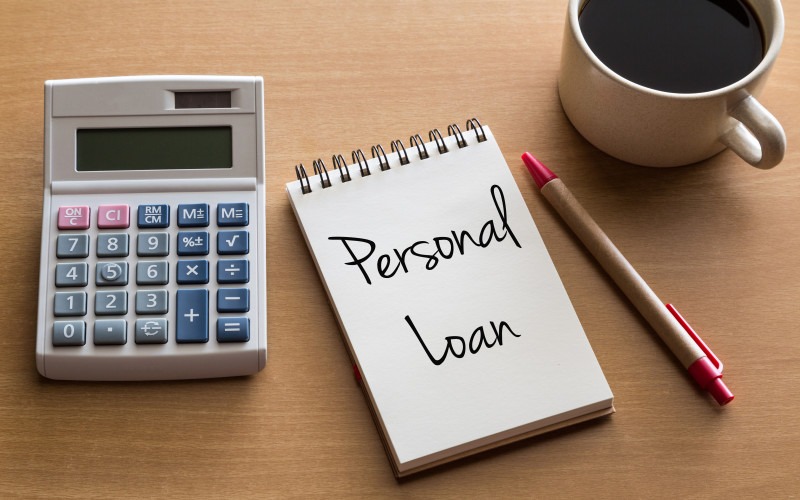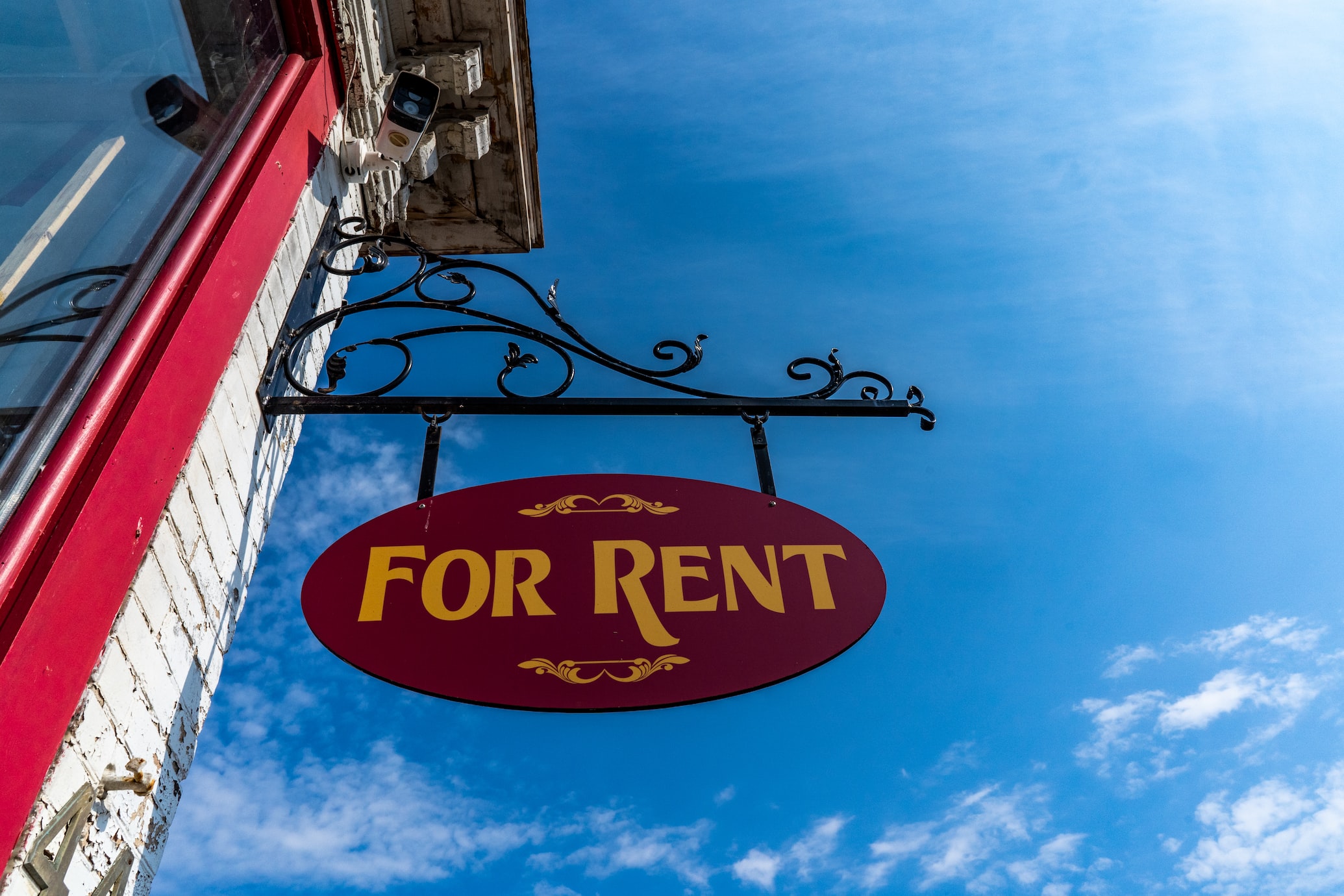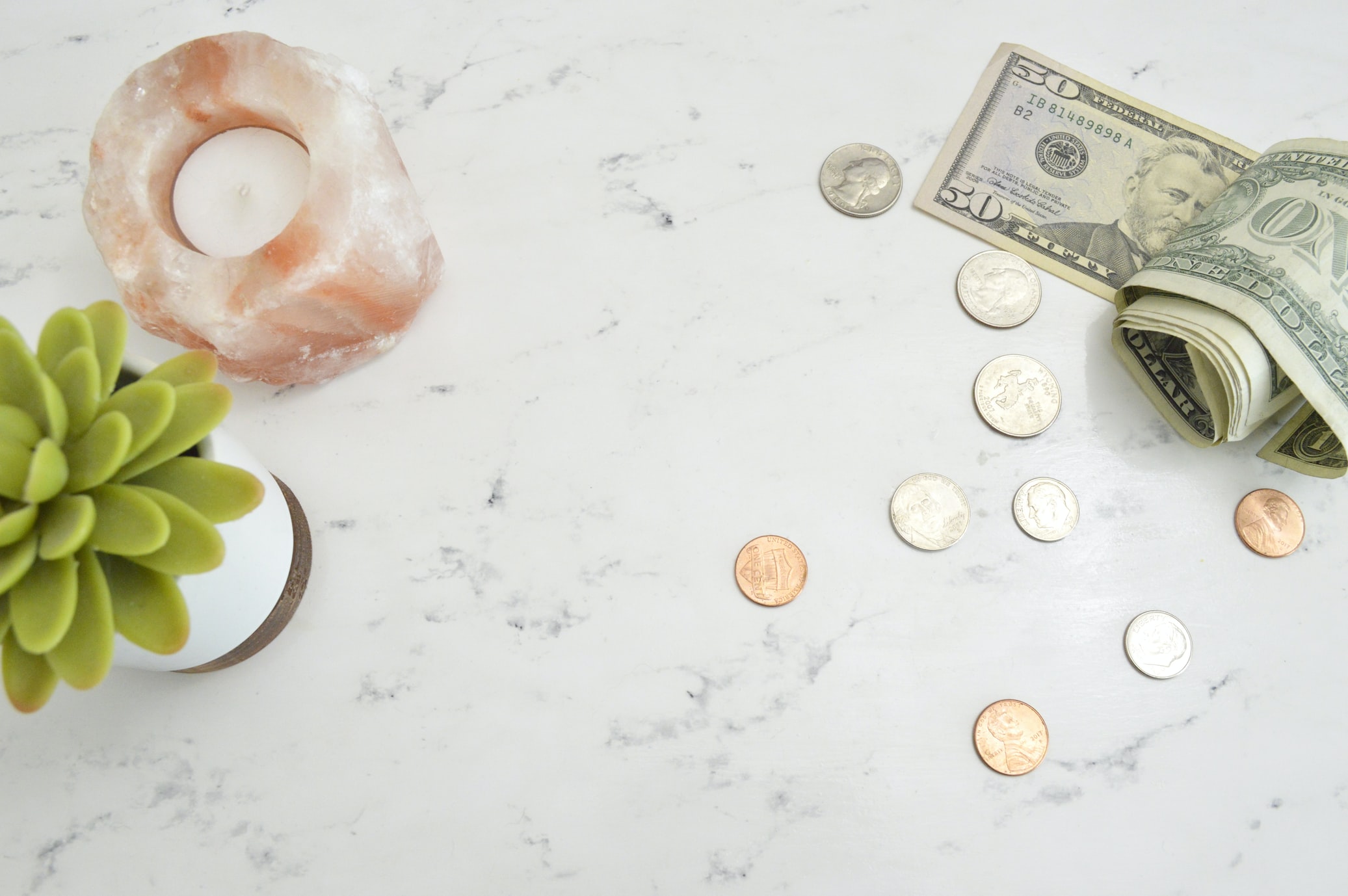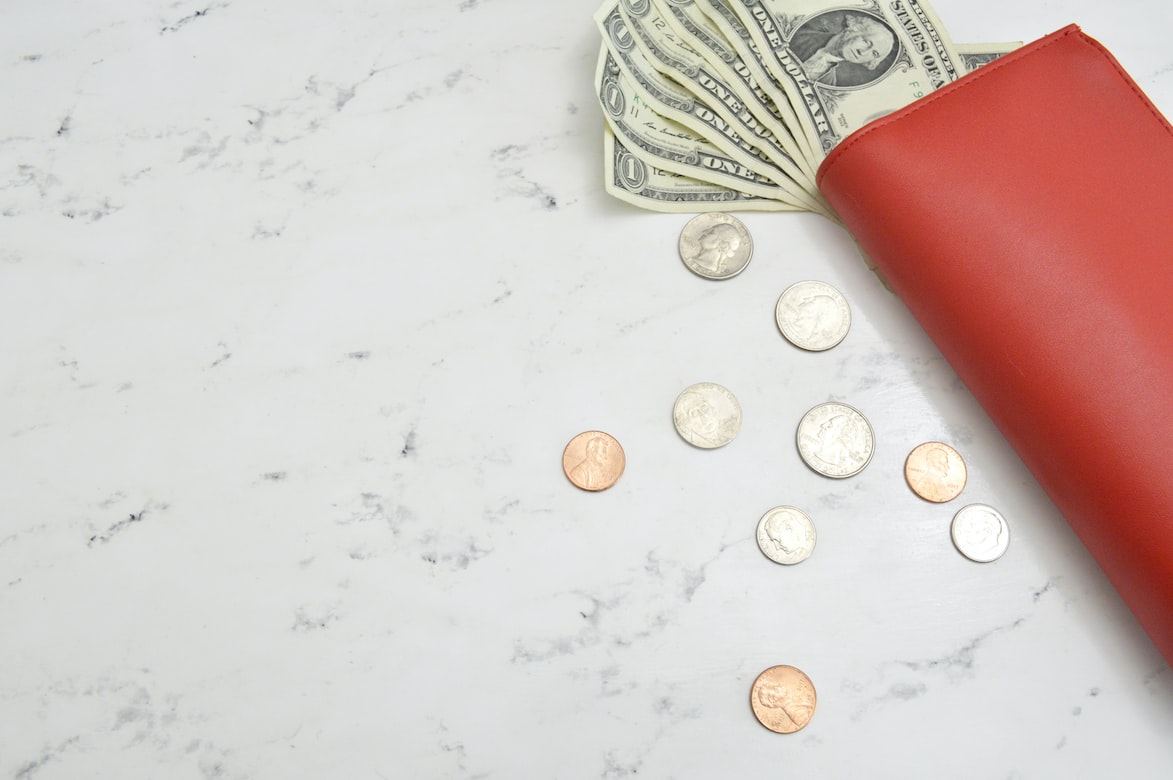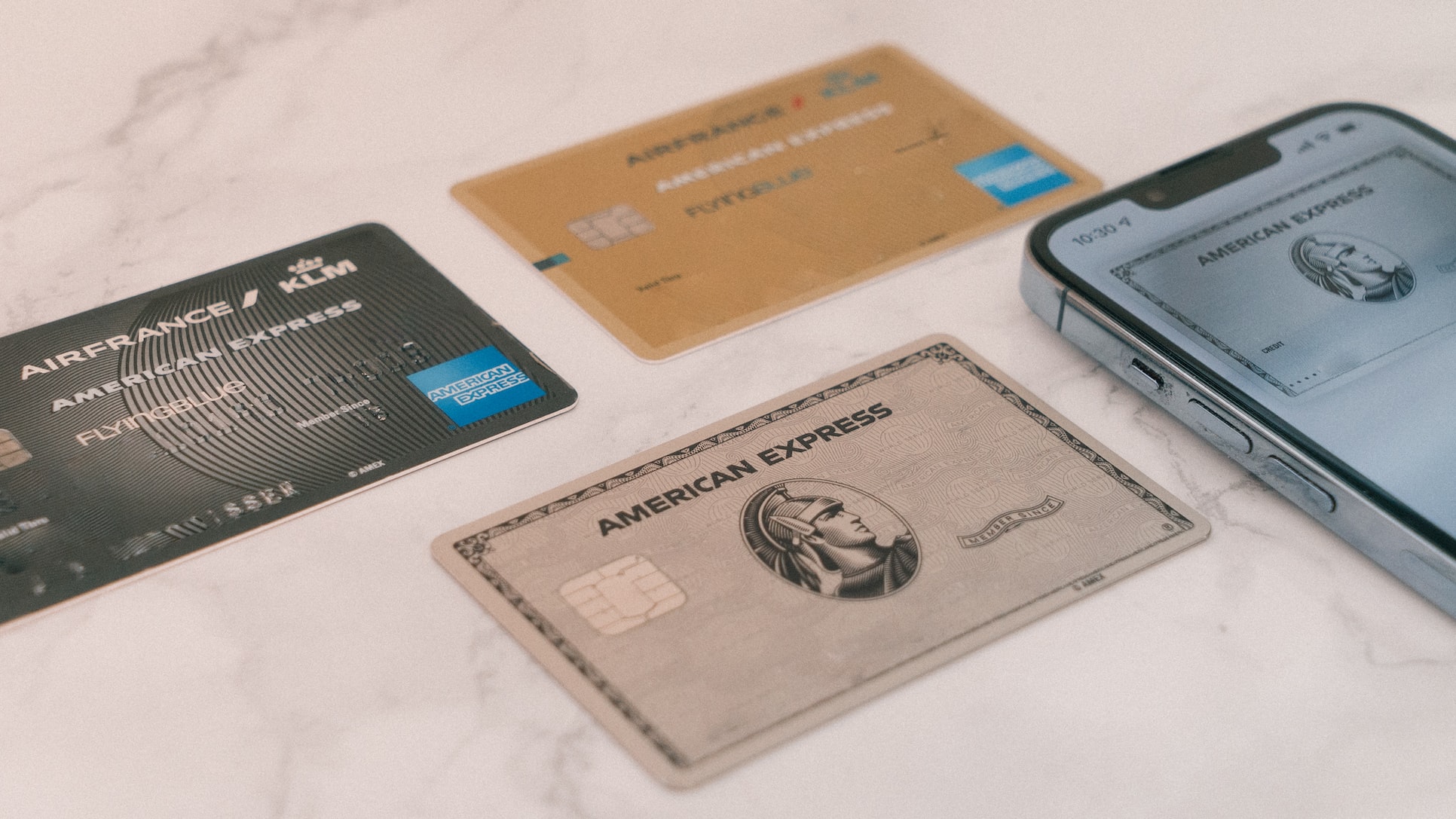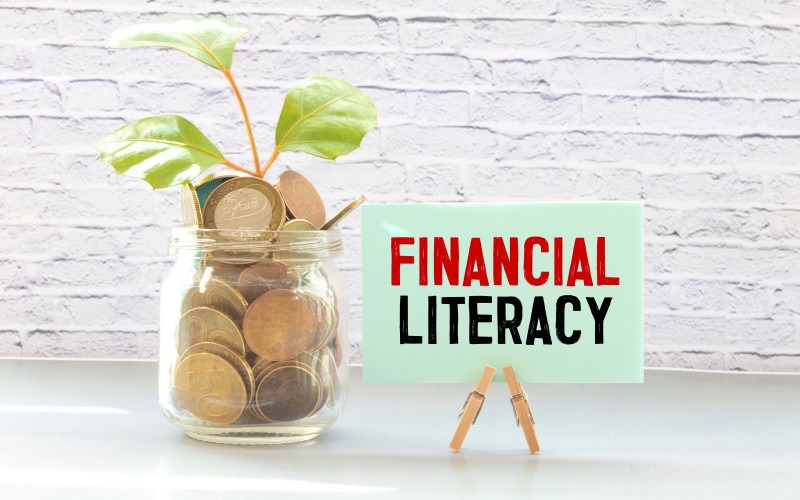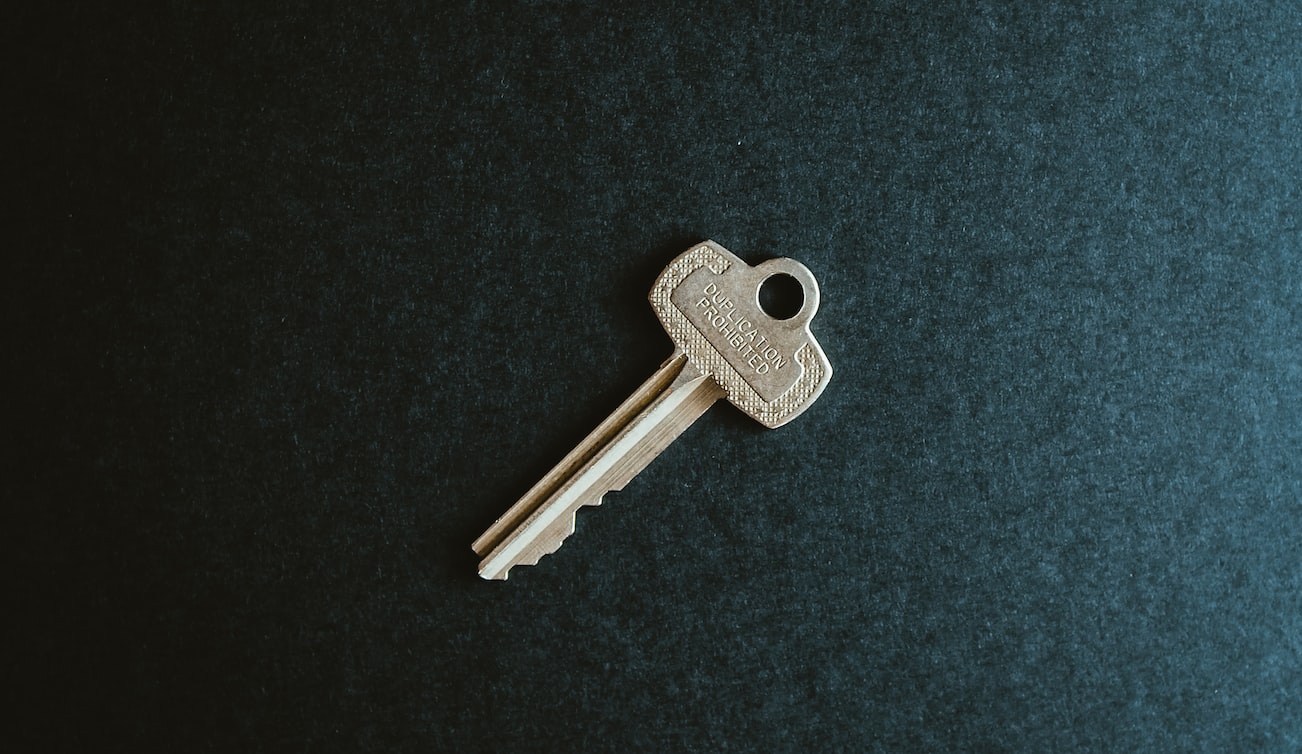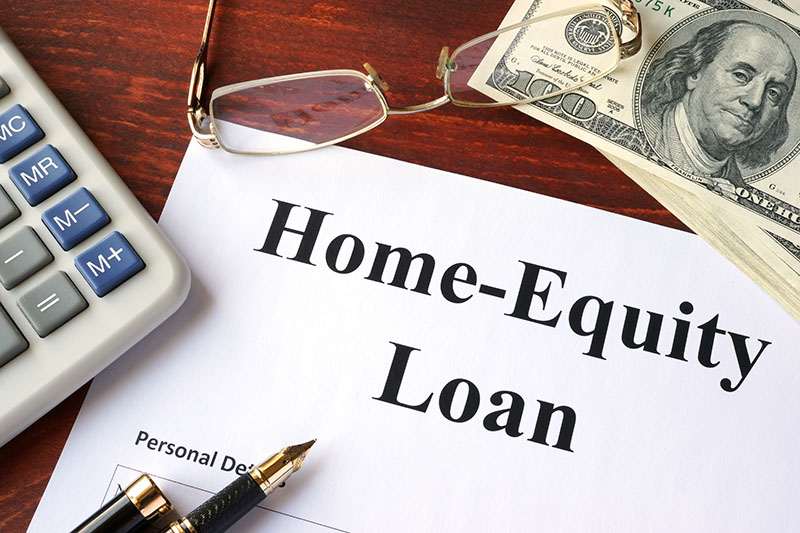Can You Get a Personal Loan to Cover Home Renovation?
Key Takeaways
- Carefully considering the various financing options for your home renovation project can help you find the choice that best fits your needs and goals.
- Take into account the following when comparing the different financing methods: financing flexibility and convenience, usage restrictions, interest rates and fees, credit impact, equity requirements, and collateral requirements
- If you opt for a personal loan, choose a lender with loan terms that align with your financial priorities and home improvement goals

Home renovation projects are a great way to improve the value and functionality of your property. However, with the average project costing around $15,000, it can be challenging to save enough for home renovations. Obtaining a personal loan can help you cover the majority if not all of your home renovation expenses, allowing you to keep your savings for other purposes.
In this guide, we review the potential benefits and drawbacks of taking out a personal loan for home renovation expenses, as well as other financing options to consider.
Why people opt for home renovations
Enhanced comfort
Homeowners can significantly increase the comfort of their homes through home renovation projects. From modernizing living spaces to addressing structural issues, improvement projects are an important and sometimes necessary way to enhance your overall comfort at home.
Increased functionality
Many homeowners who want to improve the functionality of their homes opt for home renovation projects at varying scales. Here are a few popular projects:
- Creating a dedicated home office space
- Implementing better storage solutions
- Making the laundry room more efficient
- Planning an outdoor recreational space
- Bathroom upgrades
- Converting the garage into a living space
Higher property value
Remodeling and repairing your property can raise the property value and curb appeal of your home. If you plan on selling the property at some point, home renovations can improve the impression that homebuyers have of your home.
Updated style and aesthetics
If you’re growing tired of the current aesthetics of your home, a home renovation project is the perfect way to refresh the style of your home. You can choose an entirely new theme and line of decor.
More energy efficient
Older buildings in particular have less energy efficiency. Here are some of the top energy-efficient home renovations:
- Upgrading your home heating and cooling systems
- Installing solar panels
- Switching to a smart thermostat
- Installing more efficient light fixtures
- Sealing any air leaks in your home

Financing options for home renovations
Other than seeking a personal loan, here are other ways homeowners finance their home renovation projects.
Using personal savings
Many homeowners choose to use their personal savings for home renovation projects. This is advantageous in that you won’t increase your debt burden and don’t need to worry about paying interest or fees.
The downside to using your personal savings is that you will need to replenish your savings account and will not be able to spend it for other purposes. Any unforeseen expenses can disrupt your financial planning and budget, resulting in financial difficulties. For this reason, it is advisable to keep an emergency fund and avoid using it for home renovation projects unless the renovation is necessary.
Tapping into home equity
A home equity loan allows you to borrow against your current home equity. If you have substantial equity in your home already and need to finance a costly home renovation project, a home equity loan may be a good option.
Another way you can leverage your home equity is to open a revolving home equity line of credit (HELOC). This allows you to continuously draw funds and repay the balance from the HELOC based on how much equity you have.
It is important to note that tapping into your home equity means you will be using your home as collateral. This poses a high level of risk if you can’t comfortably repay the home equity loan. If you default, the lender may repossess the collateral property, resulting in a significant loss of your assets.
Securing a home improvement loan through a bank or credit union
Banks and credit unions offer loans specifically for home improvement purposes. If you already have a good relationship with your bank, this can be a good way to obtain favorable home improvement loan terms. You can apply by going to the bank or credit’s official website or to a local branch.
Some banks and credit unions will require you to put up assets as collateral to secure the home improvement loan. Make sure that you are aware of the loan terms and requirements before agreeing to offer any valuable assets as collateral.
Using credit cards
Credit cards are a convenient way of quickly financing home improvement and repair projects. You don’t need to have the funds in your bank account, you just need to have a credit card with a sufficient credit limit.
However, there are numerous drawbacks and risks associated with using credit cards for home renovation. Credit cards often have higher interest rates and fees than personal loans. If you can’t pay down the credit card balance every month, the interest can quickly rack up. In addition, if you already struggle with maxing out credit cards, using one for an expensive home improvement project can make it hard to escape credit card debt.
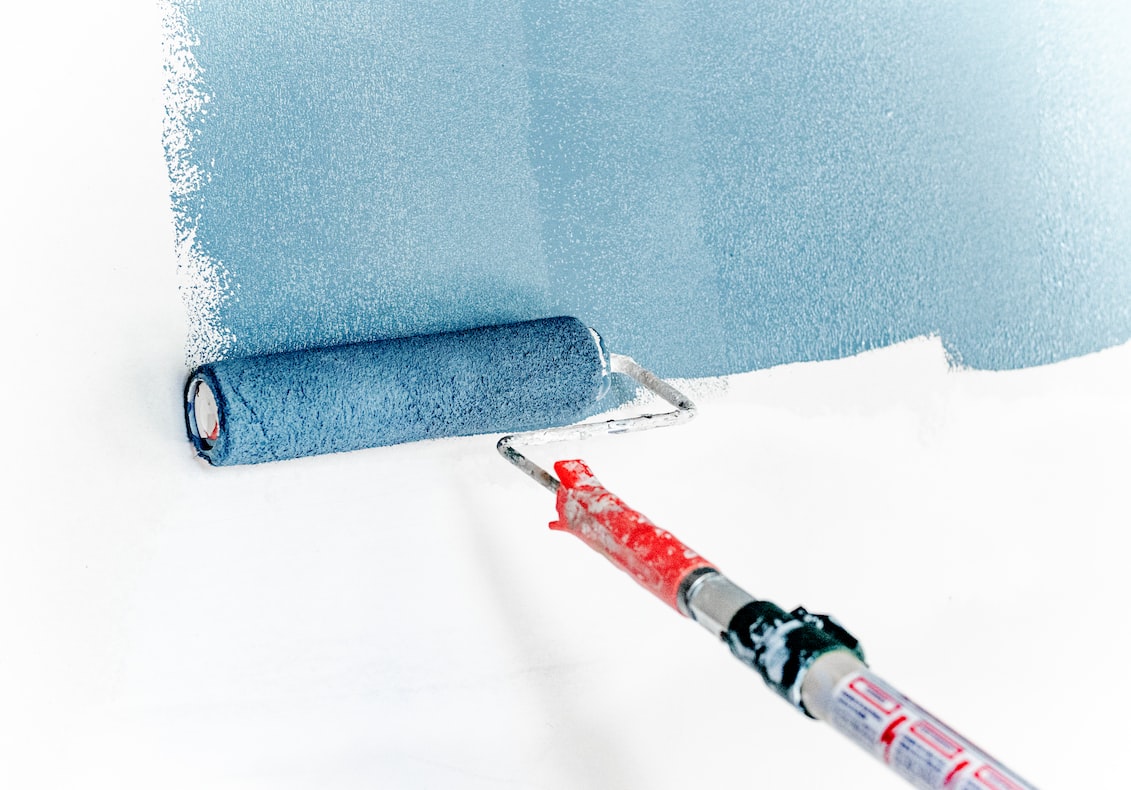
Understanding personal loans for home renovations
Taking out a personal loan for home renovations gives you a lump sum amount of money that you can freely use (with few exceptions). Over the loan repayment term, you will need to repay the principal loan amount plus interest. Personal loans help you finance expensive remodeling and renovating projects.
Here are the main benefits of using personal loans for home renovations.
No need to use the home as collateral
An unsecured personal loan means that you don’t need to offer any assets as collateral. If you end up failing to repay the loan, the lender cannot repossess your property. Your credit will still be damaged and debt collectors may continue pursuing the debt, but the overall risk is lower because your home won’t be seized by the lender.
Quick application and approval
It’s relatively quick and easy to secure home renovation financing through a personal loan. Some lenders can approve (or reject) your loan application in just a few minutes, and the loan disbursement process typically takes less than three business days.
If you want to hasten the disbursement of funds to your bank account, many lenders offer the option of an expedited funding process if you pay an extra fee.
Flexible loan amounts
Depending on your creditworthiness and financial stability, lenders will offer different loan amount minimums and maximums. You can choose the loan amount that works best for you.
It is generally advisable to opt for a loan amount that is close to the estimated costs of your renovation projects. That way, you won’t put yourself in more debt than is necessary and you won’t have to pay as much interest over the course of the loan.
Common eligibility criteria
While exact loan requirements and eligibility criteria vary between lenders, here are the most common points lenders consider when assessing your application.
- Credit score
- Credit history
- Income
- Debt-to-income ratio
- Credit utilization ratio
- Derogatory marks on your credit report (e.g. bankruptcies, foreclosures)
In general, the higher your credit score, the more favorable loan terms you can secure. If you’re looking for a home improvement personal loan, it is a good idea to try boosting your credit score before applying.
Here are a few common strategies used by borrowers to raise their credit scores and creditworthiness.
- Paying off their credit card balances
- Keeping old credit accounts open
- Avoiding applying for too many loans at once
- Requesting total credit limit increases
- Paying all your bills on time
- Disputing any inaccuracies on your credit report

Benefits of using personal loans for home renovations
Predictable monthly payments and fixed loan term
Most personal loans come with fixed interest rates. This means that your regular loan installments will cost the same from month to month, simplifying the repayment plan. This brings a high level of predictability to the budgeting process for loan repayment. If you are worried about the difficulties of financial planning, choosing a fixed loan term can make it easier.
More competitive interest rates
Compared to credit cards, personal loans for home improvement often have lower interest rates. This means a lower cost of borrowing so you don’t need to pay as much in the long run. Note that if you have poor credit, it will be more challenging to find a personal loan with low interest rates. In that case, an alternative financing option such as dipping into your savings may be preferable.
Flexible funds
If you have multiple home improvement projects in mind that will take a while to complete, you can benefit from the flexibility of personal loans. You are free to use any personal loan funds you have remaining after you pay for the home renovations. You can also pick the loan amount that suits your goals the best.

Things to consider when opting for a personal loan for renovations
Before you obtain a personal loan for home renovations, it is important to fully understand the components and costs of the loan. Here are a few of the essential elements to consider.
The total cost of the loan
You can find the total borrowing cost in a year by looking at the annual percentage rate (APR). The APR includes various costs and fees, such as:
- Application fees
- Interest rate
- Discount points
When looking at the total loan cost, assess whether you can meet the repayment terms without sacrificing financial stability.
The loan terms and conditions
Make sure that you carefully review the terms and conditions of the loan before you sign the agreement. Otherwise, you may be legally binding yourself to a contract that does not align with your goals and financial capabilities.
Compare offers from different lenders
If you have the time, don’t settle for the first loan agreement offered to you. By comparing different offers from multiple lenders, you can secure the best deal for yourself.
Assess your personal financial health
If you are not currently financially stable, it is advisable to contemplate whether you can comfortably manage the loan repayment terms. Look at your current monthly income, expenses, and debt obligations and predict what will change if you take out the loan.
Other financial considerations in home renovations
The ROI of the renovation
It is a good idea to estimate your return on investment (ROI) of the renovation before you go forward with any expensive home improvement projects. The average ROI homeowners can expect for going through with a home renovation project is around 70%. Thoughtful planning and research can further increase your returns on investment.
Potential tax benefits
Some home improvements may be eligible for tax deductions. Eligible projects are typically related to renewable energy and energy efficiency. For example, the following renovation projects may be eligible for tax breaks:
- Solar panels
- Solar-powered water heaters
- Wind turbines
- Solar roof projects
- Geothermal heat pumps
- Entrance and exit ramps for medical reasons
- Widening doorways and hallways
- Railings and support bars
Impact of the renovation on home insurance premium
Renovating property may affect your home insurance premium. Some more extensive renovation projects can even affect your coverage, resulting in the need for purchasing additional insurance.
If your home renovation projects are on a large scale, consider their impact on your homeowner's insurance so you can be prepared.

Resources and further reading
Here are a few of the most popular lenders offering personal loans for home renovations.
- SoFi
- LightStream
- Discover
- Wells Fargo Personal Loan
- Upgrade
It is also a good idea to estimate your home renovation costs so that you don’t end up borrowing more than you need. Online tools such as remodeling calculators allow you to roughly calculate how much you will need to borrow. Home renovation resources and services can also help you determine the ROI of your projects.
Want to compare more lenders? Here are some more personal loan options below.
Edited by:
Bryan Huynh
•
Product Tester & Writer

